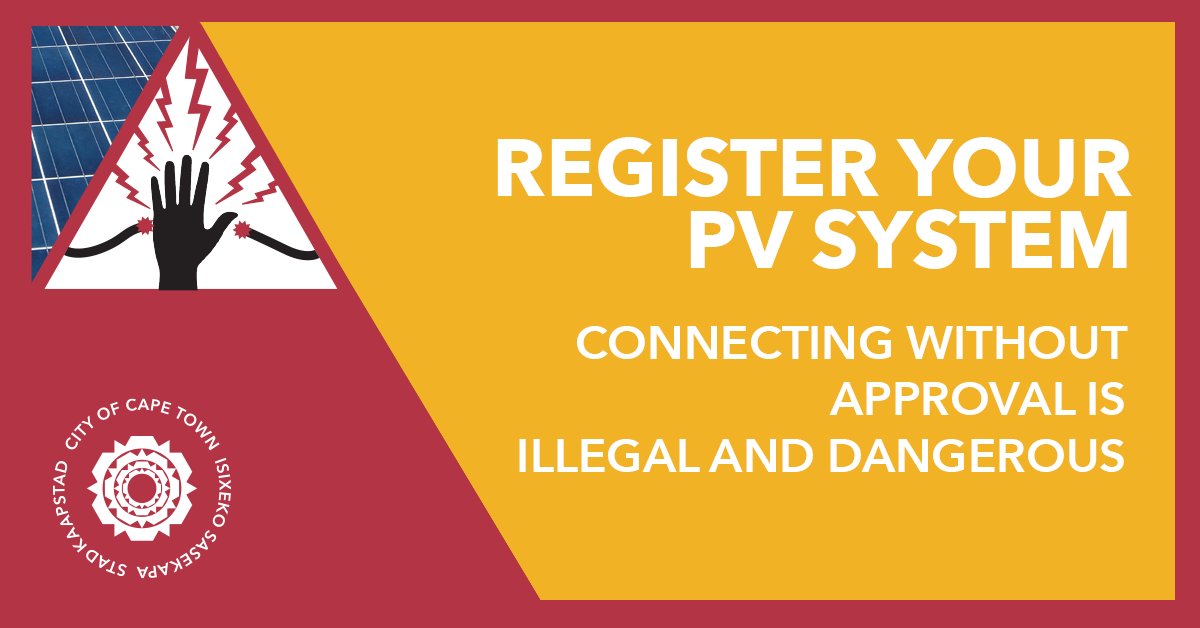03 September
SSEG Registration in the Western Cape
As the uptake of Solar PV systems has increased in South Africa, municipalities have put measures in place to ensure safe and compliant installations in their electricity networks. The City of Cape Town has been a forerunner in establishing these regulations.
SSEG, or Small-scale embedded generation, refers to privately owned systems that independently produce power. Most commonly, this refers to small-scale solar systems (anything up to 1MW).
In the Cape of Cape Town, SSEG registration is required in terms of the City’s 2010 Electricity Supply By-law. Unfortunately, there is currently no national standard for registering solar PV systems, requirements vary depending on the Municipality and who your supply authority is. The City does not charge a fee for this process, but there are engineering and administrative fees required to prepare the applications.
The City’s by-law and registration requirements are determined by the National Energy Regulator of South Africa (NERSA). Each year, NERSA releases an updated list of approved inverters, the NRS 097.
The NRS 097 also provides guidelines on system sizing limitations, based on the size of a property’s main breaker. However, it is important to note that these limitations only apply to Grid-tied systems without batteries.
Sizing Limitations for Grid-Tie installations:
We oversee all aspects of the SSEG registration process for our clients. Registration is a three-step process, unless you plan on feeding back to the grid which requires an additional application for a modified supply with a bi-directional meter.
Step 1: Application & Permission to Install
- Application for the Connection of Embedded Generation
- Application for a New or Modified Electricity Supply Service – only required if you plan to sell back to the grid
Step 2: Commissioning Report
- An independent Professional Engineer will need to sign off the installation and complete a Commissioning report.
- Our electrician will then also issue a Certificate of Compliance.
- Final circuit diagram of the installation is prepared by our engineers
Step 3: Supplemental Contract
This final step is a contract between the property owner and the City to ensure safe and responsible operation of the system. It includes guidelines on being a net-consumer, anti-islanding and system owner obligations.
We do not seek typically permission to install, but rather do the installation and then make the application immediately afterwards, together with the Commissiong report. This ensures that our clients do not have to wait several months before getting approval to install, and we do not need to hold project deposits for indefinite periods of time.
The entire registration process can take between 2 and 3 months to complete, but once you have completed the forms, we will handle the rest for you. All you need to do is what for the final email of approval, by which time yourn system will have already started performing and saving you money.








